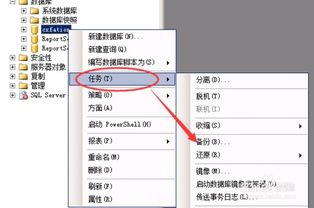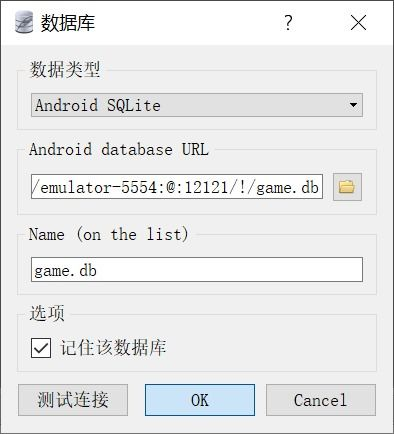ASP.NET Excel Database Manipulation: Efficient Methods and Techniques
Understanding ASP.NET and Excel Integration
ASP.NET is a powerful web application framework developed by Microsoft, allowing developers to build dynamic web applications. When it comes to data manipulation, integrating Excel is highly beneficial as it provides a familiar interface for users to interact with databases. Understanding how to efficiently manage Excel files (.xls, .xlsx) within ASP.NET is crucial. Through Excel, users can easily import data into the database or export data for report generation. This interchangeability simplifies user interactions with data, thus enhancing user experience and productivity.
Common Methods for Importing Excel Data into a Database
There are several methods for importing Excel data into an ASP.NET application, and using libraries can make this process smooth and efficient. One popular method is through the use of the EPPlus and ASP.NET’s built-in functionalities. The EPPlus library supports reading from and writing to Excel files without needing Excel installed on the server. Here’s a simple way to import data: after uploading an Excel file, leverage EPPlus to read its contents in a structured way.
- Upload the Excel File: Use file upload controls to facilitate Excel file uploads.
- Read the Content: Utilize EPPlus to read the data from the Excel sheets.
- Store in Database: Map the retrieved data to a database model and execute SQL insert commands.
This method ensures that data is accurately captured from Excel and stored into the appropriate database tables.
Exporting Data from a Database to Excel
Exporting data from a database into Excel is equally essential, especially for reporting purposes. One common approach is to directly create an Excel file dynamically using libraries like ClosedXML or EPPlus. This allows developers to specify the format, styling, and data organization. The key steps include:
- Retrieve Data: Write SQL queries to fetch the required data from the database.
- Create Excel File: Use the chosen library to create an Excel file and populate it with the fetched data.
- Download Option: Provide users with the option to download the generated file.
This flexibility ensures users can get the information they need in a user-friendly format, thereby improving the effectiveness of data reporting.
In summary, leveraging Excel for database operations in ASP.NET offers numerous benefits, facilitating both data import and export processes. By using libraries like EPPlus and ClosedXML, developers can create effective solutions that enhance user interactions with database management.





